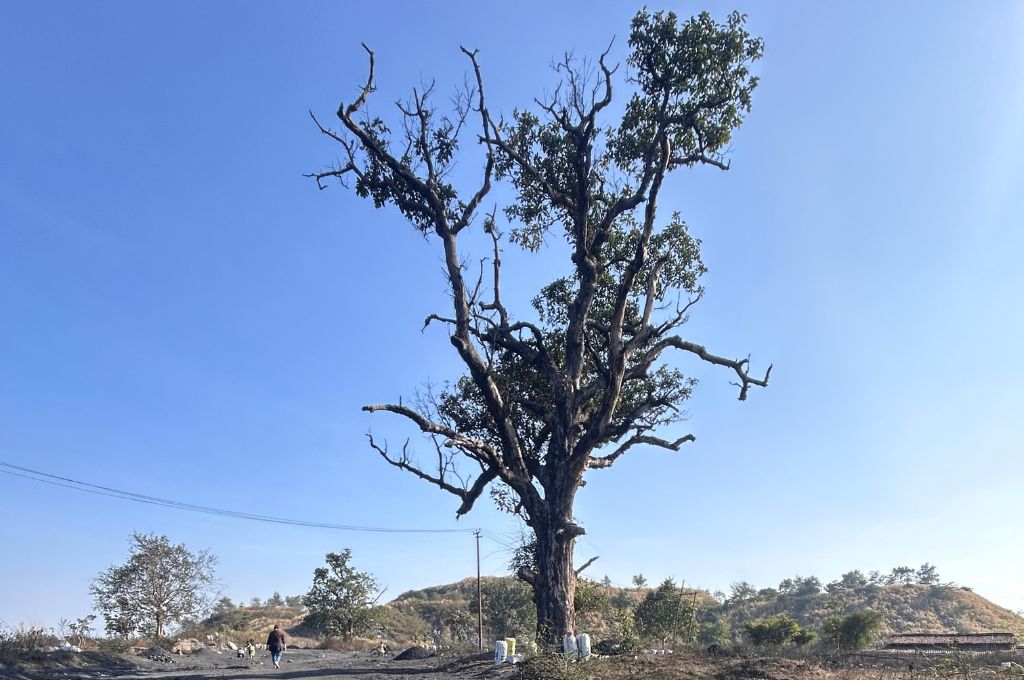“I could enrol only my son”
“It has been six months since I read any book. My school closed in March and I have not been able to study after that,” says 14-year-old Keerti Yadav.
“My mother was not working at that time. Now she has gone back to working as a domestic help and I do the chores at home,” she adds.
The family has only one multimedia phone and her brother uses it for his online classes.
In the rural parts of Shravasti district, girls like Keerthi have had to stop attending online classes, since boys get priority to use the mobile phones at home. According to 2011 Census data, the female literacy rate in Uttar Pradesh is 59.26 percent, while the male literacy rate is 79.24 percent. Shravasti district, in particular, has the sixth lowest female literacy rate in India.
Keerti’s father, Bhanu Yadav, has a small tea and snacks shop, and the family owns land where they grow some lentils and vegetables. “We own around 500 square feet of land in the village, next to our house. But we barely get any extra vegetables to be sold. It just suffices us four,” he says.
“We have two daughters and a son. The eldest daughter is married and lives in Banaras. Our younger children, Keerti and Rohit, live with us. They were both enrolled in private schools before the lockdown. But now the situation and our condition does not allow us to educate both of them. I could enrol only my son after taking a loan from my relative.”
Jigyasa Mishra is an independent journalist who reports on rural issues.
This story has been republished from Village Square. Read the full story here.
—
Know more: Read more about how rural India learned during the lockdown.
Do more: Connect with the author at [email protected] to understand more about her work and extend support.



